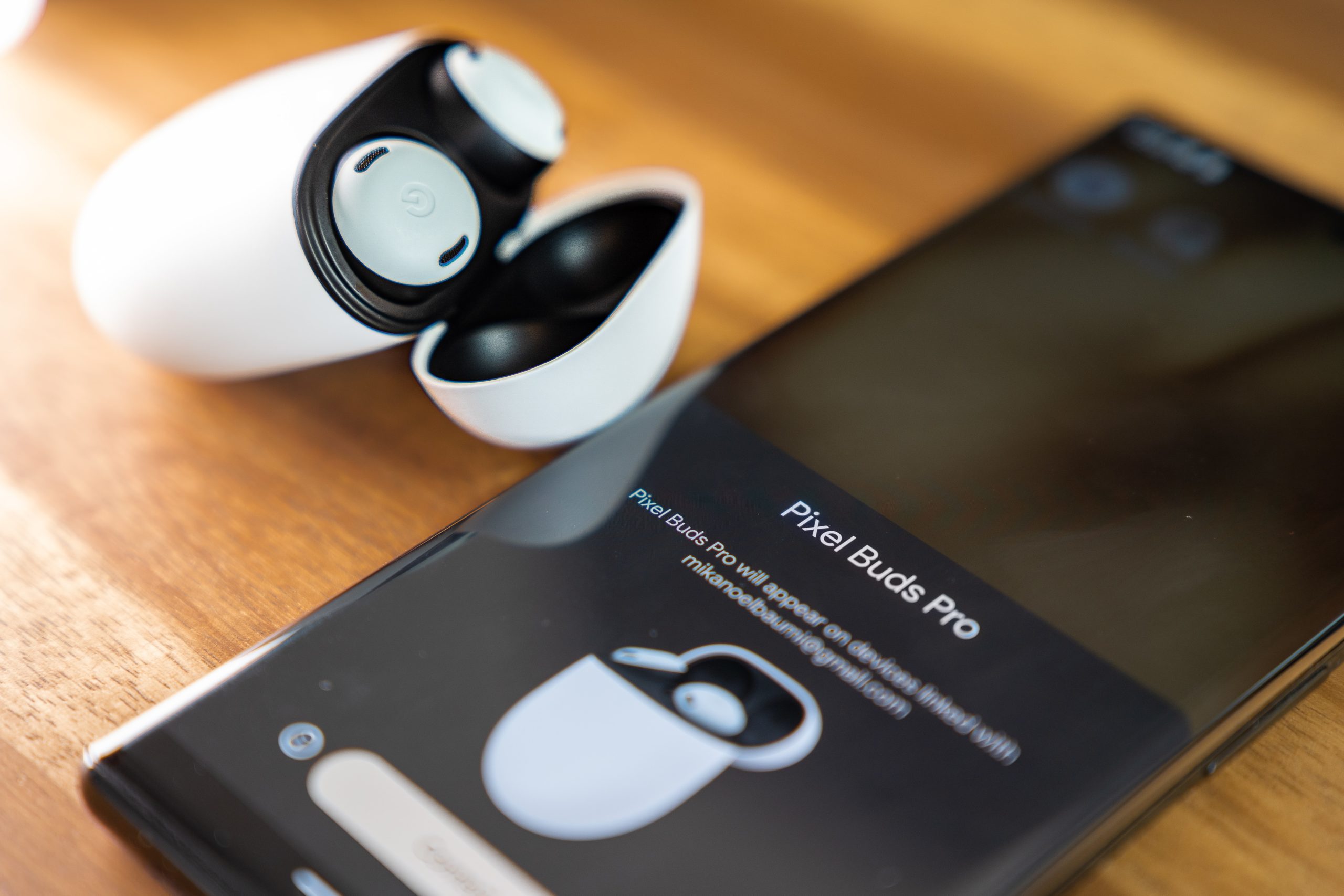If You don’t have a pair of wireless earbuds yet, there must be a reason why you haven’t made the switch from the wired headphones you’ve got. You may have heard a lot about Bluetooth earbuds but you are still sitting on the fence about whether you should invest in a pair. So, are Bluetooth earbuds worth it?
Yes, Bluetooth earbuds are worth it especially if you work out or travel a lot. The lack of cables provides for a better range of motion, connectivity to a variety of devices. The modern versions have a better range, battery life and memory. In this article, we will look at why it is worth it to purchase a set of Bluetooth earbuds and how much they will come in handy.
Who Benefits Most from Bluetooth Earbuds?
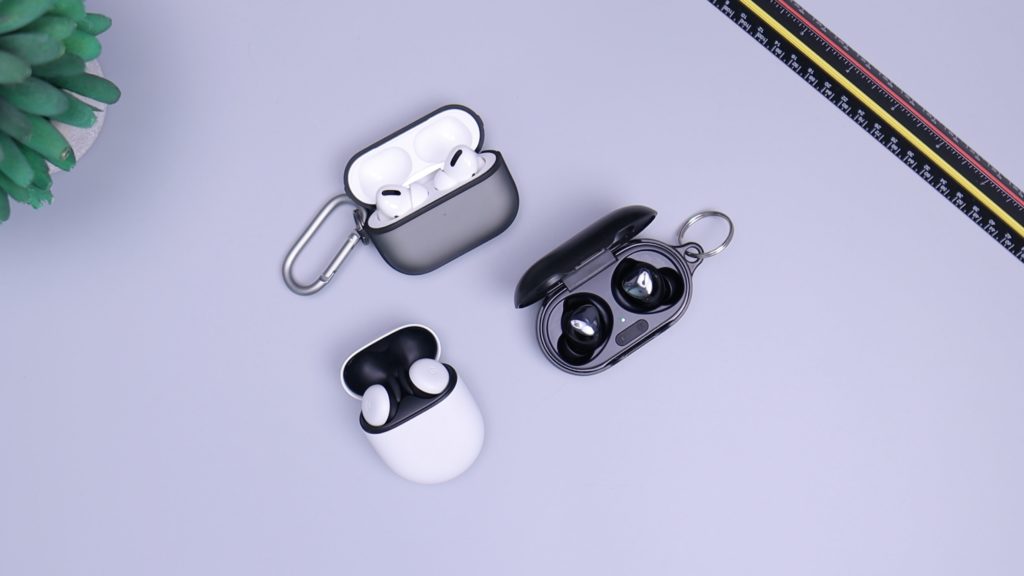
Depending on who you are and what you do, you might get more out of Bluetooth earbuds.
- The Physically Active
Fitness enthusiasts and athletes move around a lot. So, having earbuds that don’t have cables is a big advantage to them. Whether you are on the treadmill or powerlifting, you don’t want anything holding you back and disrupting your performance. Some of these working out equipment have systems for tracking your fitness level such as heart rate and pulse rate.
- Travelers
Bluetooth earbuds are ideal for listening to music when traveling. The sheer amount of comfort makes travelling much more convenient. It is easy to pop them in or out of your ears when pulling your luggage around. There are no more untangling wires or cords, so they don’t get caught on anything.
Why Bluetooth Earbuds Might Not Work for You
Do you easily lose things such as your pens or keys? Bluetooth earbuds are so tiny that they may cause a problem for you if you misplace them. As a precaution: Don’t forget to put them back on the charging case after using them. However, this problem can be solved with the new tracking system. Some Bluetooth earbud manufacturers embed them with features that enable tracking them in case you misplace them.
Advantages of Going Wireless?
Here are advantages of switching to wireless earbuds instead of wired ones.
- No tangled Cables
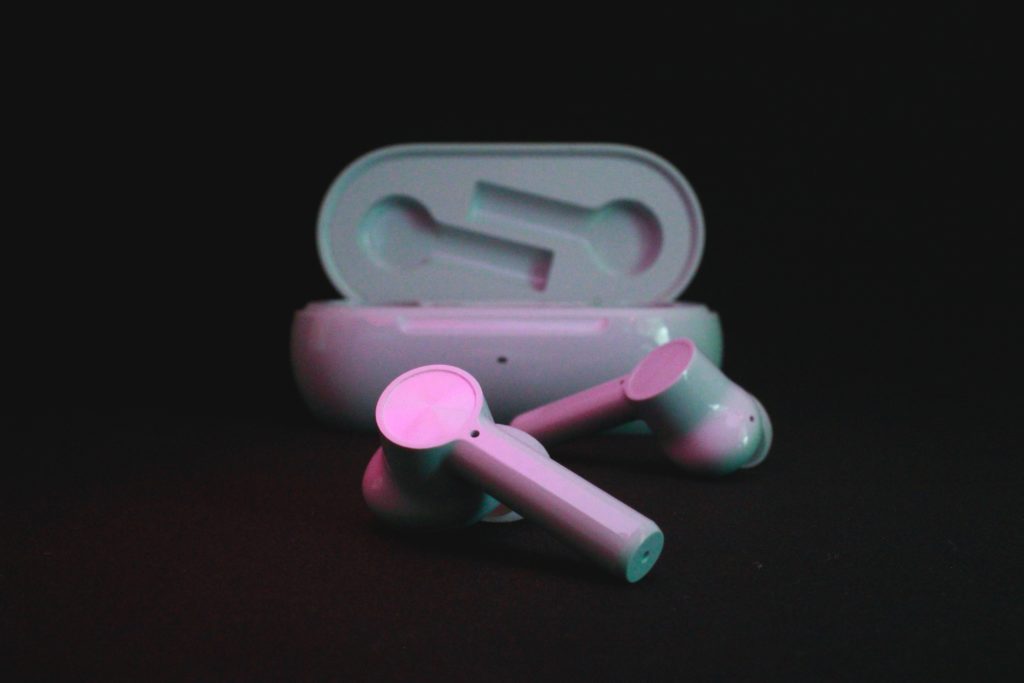
As already mentioned, wireless earbuds allow you to move around without wires hanging down everywhere. The freedom that you get by switching to wireless earbuds is unparalleled.
- Wireless Earbuds are Only Getting Better
When Bluetooth earbuds were introduced, they had all sort of problems:
- The pairing was difficult
- Connections dropped out
- They were expensive
- The audio quality was poor
Bluetooth has made remarkable improvements since then.
- The pairing process is much easier. You only need to flip open your AirPod case or tap an NFC tag.
- Bluetooth 5 is almost here. It will cover four times the throughput and cover twice the distance.
- The prices of the new versions are relatively fair. The pricing of the old model has dipped because the new models are just so good. If you check, you will realize that wired earbuds never seem to change prices.
- The Battery Life Is Good
It may seem like a burden to charge your battery. However, this is the case with all portable devices. The bright side of Bluetooth earbuds batteries on average can last you up to 10 hours. This is enough to use them almost the entire day without charging. Some superior models can get you up to 20 hours of use because you only need to charge them at night. There are also models which allow you to connect to connect a cable if the battery dies. You can thus continue listening to your favorite music. If you don’t use your Bluetooth earbuds that much, you might need to charge them only once a week because the standby times don’t drain the battery life much.
- Trusted Devices
A trusted device is a device that you own or pair with a lot. In a nutshell, these are devices that you trust to be used even if your phone is unlocked. Any device with Bluetooth can make a trusted connection. Smartwatches and fitness bands also work this way. This is also possible with Bluetooth earbuds. It allows a connection to be established whenever the trusted devices are in range. The wired earbuds cannot broadcast anything unless they are directly connected to it.
- No More Wrong Sized Cables
In wired headphones, it is possible to have the wrong adapter that doesn’t fit in your phone. This is not possible in wireless earbuds. You can connect with any device without worrying about the size of adapter in use.
Bluetooth and Plugged-In: Why You Might Need Both
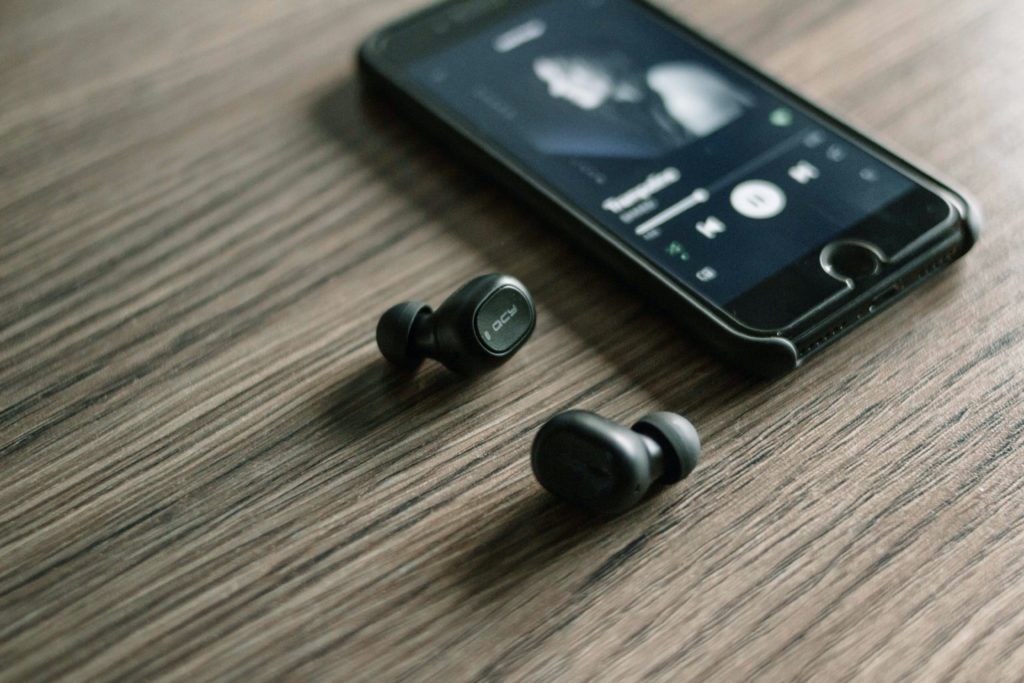
Bluetooth earbuds have a myriad of benefits. However, you might want a pair of both. Wired earbuds can provide a certain type of sound quality because they are directly linked. The sound quality of wired earbuds often beats the wireless counterparts.
In some situations, wired earbuds can be a pain in the neck. For example, when you are working out, the wires would be a pain. It is also impossible to keep your phone somewhere that is not you but still listen to the audio remotely.
In addition, wireless earbuds have better designs and are arguably more comfortable. They firmly rap around your ears and rarely fall off while you are moving unlike so many wired earbuds.
Types of Wireless Headphones
- Wireless Earbuds
Wireless earbuds are Bluetooth earbuds or in-ear monitors that lack wires or cords that physically connect them to an audio source. What makes wireless earbuds unique is that they have controls, batteries and mic built into the earbuds themselves.
- Wireless in-ear Headphones
They are similar to wireless earbuds. They don’t also connect to the audio source. However, in wireless in-ear headphones, there is a cable that connects the two earpieces that have volume controls, the mic, and battery.
- Bluetooth earbuds
The most common types of wireless earbuds are Bluetooth enabled. Most modern electronic gadgets are Bluetooth enabled, which allows connecting them with Bluetooth earbuds pretty easy. Bluetooth connections are made through direct pairing. This increases their safety as well. Bluetooth connections also don’t need a line of sight. However, their range is still fairly limited. Most Bluetooth devices have a maximum range of up to 33 feet. If the Bluetooth earbuds are of poor quality, then you might experience some sound problems.
- Infrared
These earbuds use infrared waves to send audio signals much like a TV remote. The sound quality is good and can be compared to wired headphones. The downside is that they have a very short range (23 feet) and need a line of sight. When there is no obstruction or interference, they provide audio that has no interference or static.
- Radio Frequency
The benefit of using radio frequency is the range. You can travel up to 300 feet away and experience no connectivity loss. They are like miniature radio stations which can pick up sound. Although they have better sound quality than Bluetooth, the environment it’s set up factors in sound performance.
- Kleer
This is the latest wireless technology to come on board. Kleer technology is known for its lossless transmission of sound. They have a very small battery which may last 3 to 4 times longer than Bluetooth earbuds. Its range reaches as far as 15 feet.
Wireless vs. Wired: How they Compare
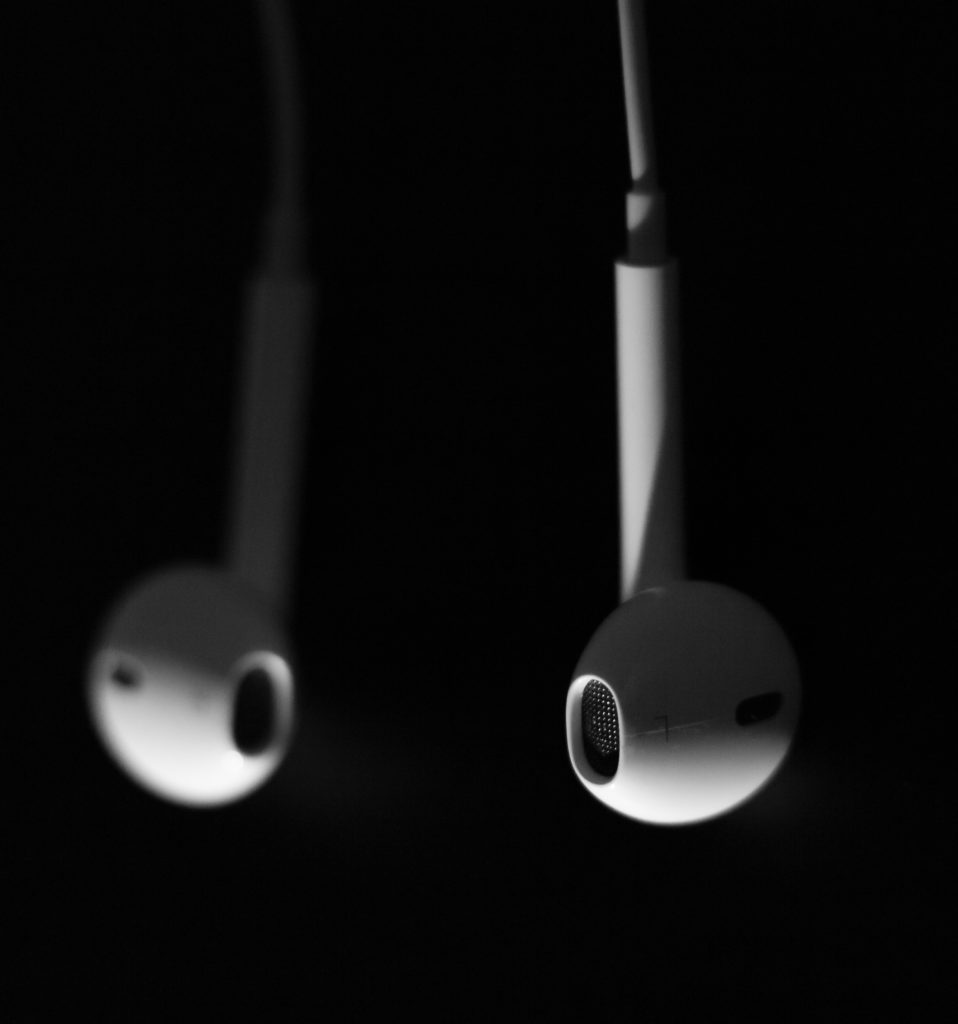
You wear headphones to listen to what you want to hear. So, let’s see how wired and wireless earbuds compare when it comes to doing what you need them to do.
- Sound Quality
The quality of sound in earbuds and headphones is determined by how the sound is transmitted from the source to the headphones. In wired headphones, there is an uninterrupted connection between the source and the headphones. As long as the cable is firm, you’re going to have a great sound.
In wireless earbuds, the digital signal needs to be compressed at the source. The compressed signal is then transmitted to the earbuds via Bluetooth, for instance. The earbuds receive the transmission and convert the digital signal back to analog to play.
During this process, the sound quality can be affected by:
- The distance between the source and earbuds.
- The number of obstacles between the earbuds and the source.
- Audio codecs in the Bluetooth that the source and earbuds support.
What is Bluetooth Audio Codec?
There are different algorithms for compressing and decompressing digital audio signals. LDAC, aptX HD, and aptX that can deliver sound quality that rival CD quality. AAC produces average sound while SBC has the lowest quality of compression.
Why this can Be an Issue
For the algorithm to work, the audio source and the earbuds need to support the same audio codec. So, before purchasing your next earbuds, make sure the codec matches. Let’s look at some more factors to consider before purchasing wireless earbuds
Considerations When Buying Bluetooth Earbuds
- Battery Life

Battery life is a very important aspect of wireless earbuds. Manufacturers find it challenging to put big rechargeable batteries into the driver’s house. However, they have developed a mechanism of putting the battery in a charging case.
On average, wireless earbuds last about 3 hours of use before being drained completely. The charging cases can give you up to 5-6 hours of audio listening. This all depends on the model. However, battery life depletion can vary depending on factors such as volume level. High volume drains the battery more rapidly.
- The Range of Wireless Earbuds
Bluetooth range is determined by the device class. The classes run from 2.4 to 2.485 GHZ.
- Class 1 Bluetooth devices range up to 328 feet.
- Class 2 Bluetooth devices range up to 33 feet
- Class 3 Bluetooth devices have a range less than 33 feet
Although class 1 devices are much better, all audio sources have class 2 Bluetooth installed. To match, wireless manufacturers also develop class 2 Bluetooth supports. Range alone is not everything, while the range may reach far away, the sound quality may lack. To have quality sound, you need to keep in mind the speed of transmission and how much data needs to be transmitted.
- Comfort and Design
There is no doubt that the lack of hanging cables is a huge advantage of going wireless. You have probably been startled by earplugs being yanked from your ears by a mistakenly tugged cord. If you are going to use your earbuds for long hours, there are other comfort factors that you need to consider. In an attempt to increase battery life, manufacturers sometimes make the battery physically bigger, making the earbuds bulkier, uglier, and less comfortable.
So, comfortable Bluetooth earbuds will:
- Be lightweight
- Fit comfortably around the ear canals and won’t budge out when removing
- Have well placed buttons and controls
Bad wireless earbuds cause discomfort and pain. They are also heavy and bulky.
- Noise Cancellation
Consider going for noise cancellation wireless earbuds. The active noise cancellation feature ensures that sound is clear. There is no interference from background noise.
- Sweatproof Earbuds
If you work out, consider going for sweatproof earbuds. They can track your fitness and won’t be damaged by sweat or splashes of rain water. The sound quality won’t be affected. Besides, your earbuds won’t slide out of your ears.
Other Considerations
- Memory: Consider earbuds with a large memory if you have a long playlist.
- Warranty: Make sure you know the manufacturer’s return policy before making a purchase.
- Price: Choose a model that fits your budget.
Wrap Up
In this comprehensive article, we have discussed why you need Bluetooth earbuds. Keep in mind all the factors discussed above before making your next purchase. I hope that you found this article informative. Keep it here for related content.
